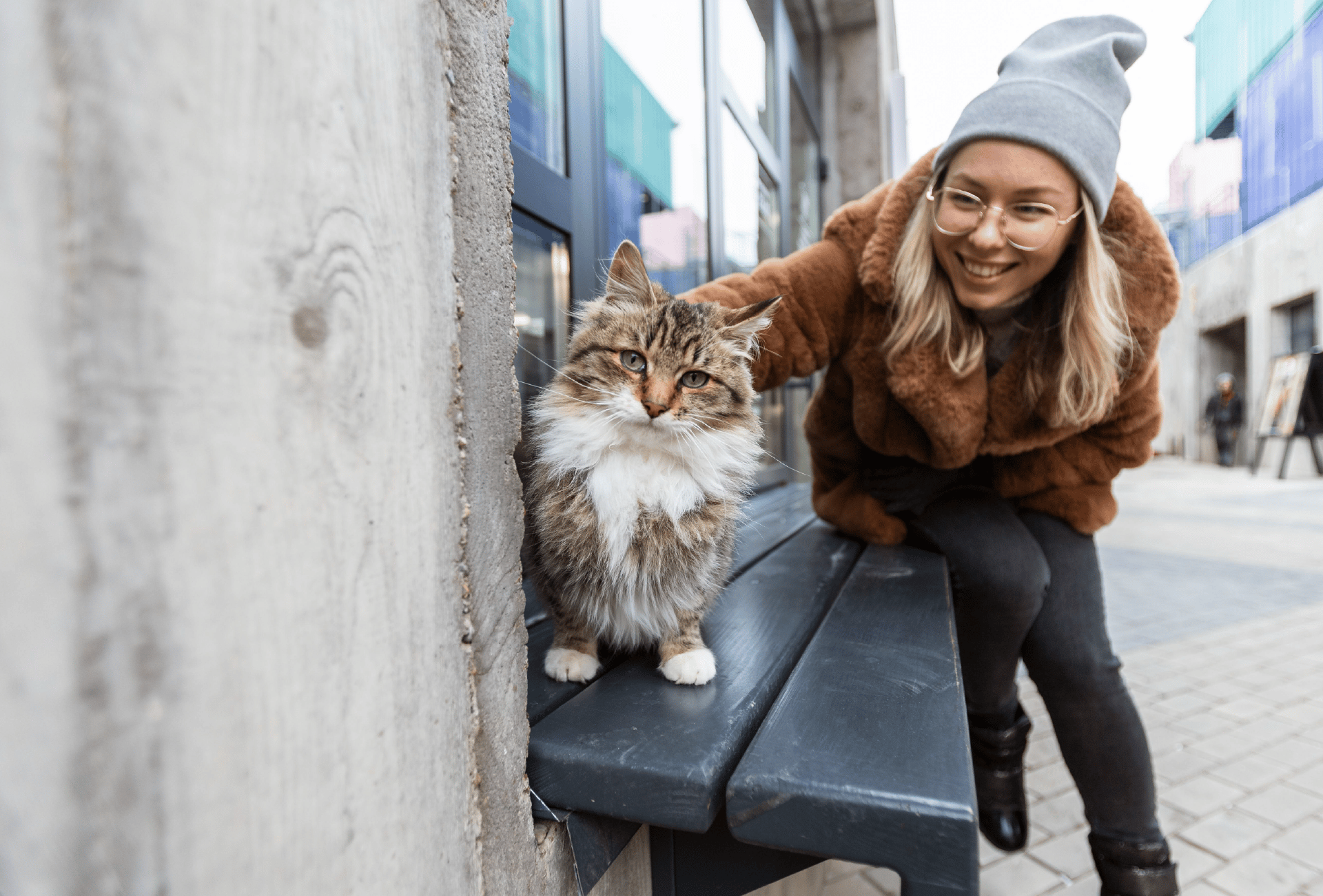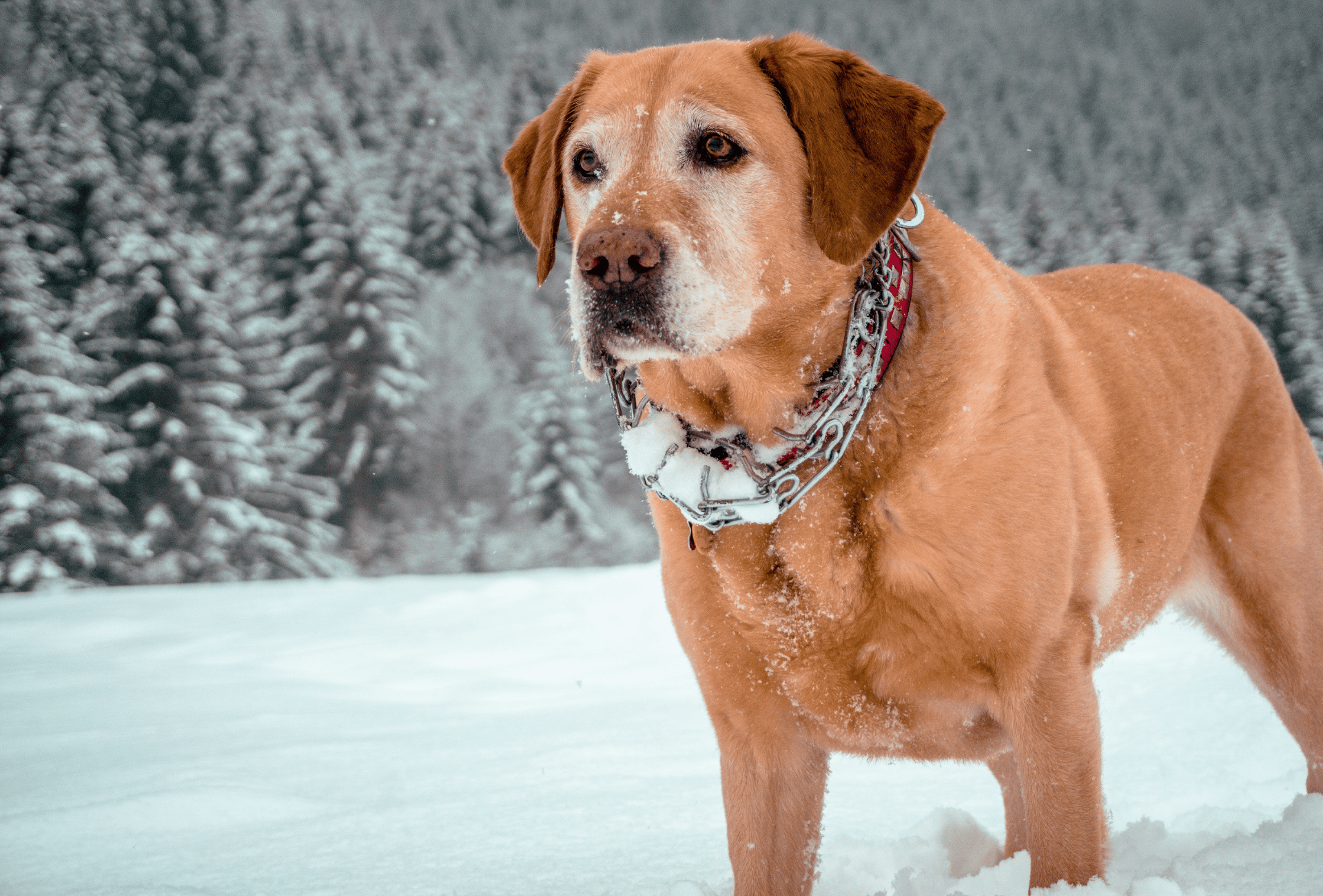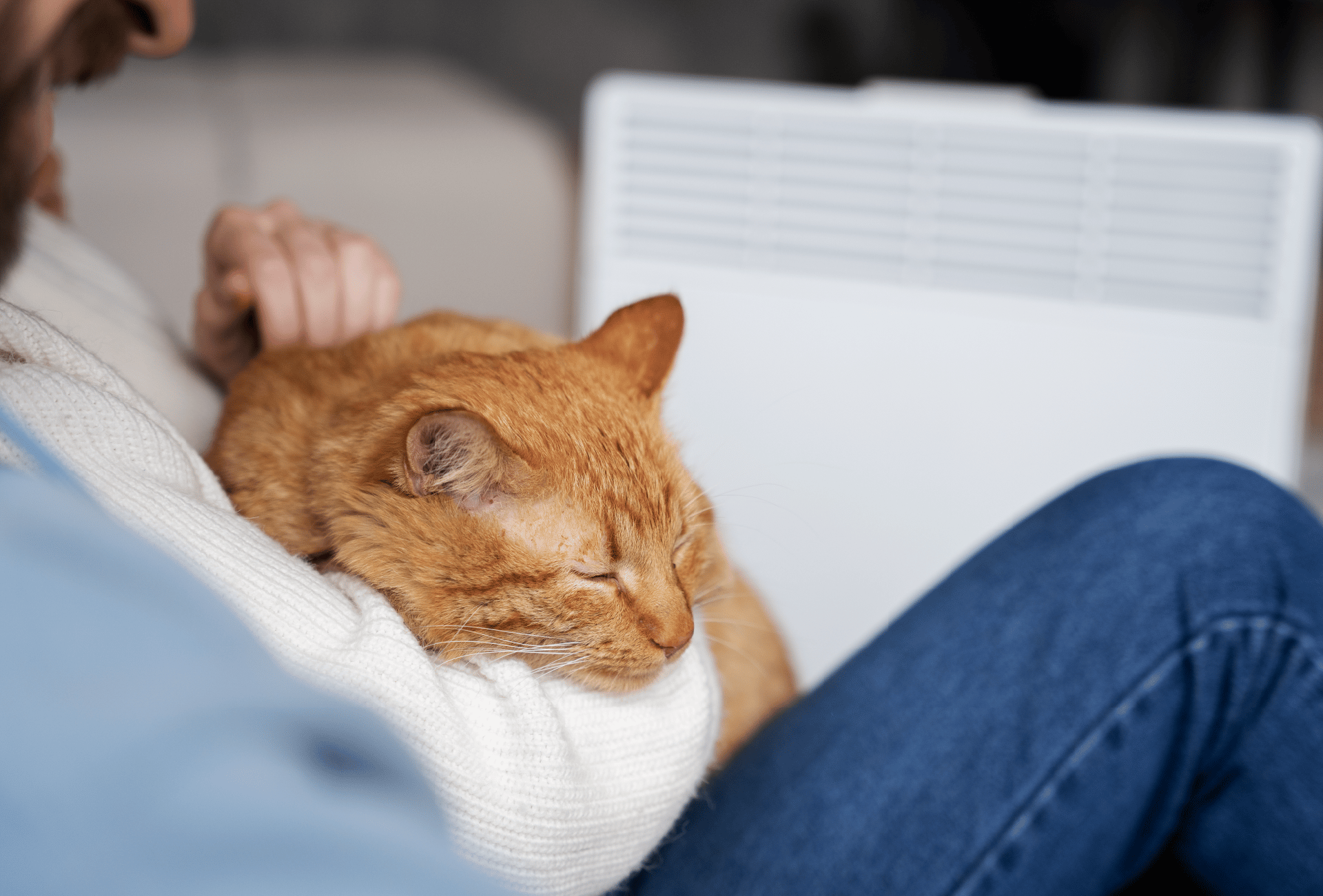Winter is memorable for many reasons but the most salient one would be the extreme drop in temperatures, many times below freezing, which calls for a change in lifestyle and daily operation routines. These extremely low temperatures can affect our pets in many ways and we should always be extra mindful of them during this time of the year. This article focuses on the implications of dangerously cold temperatures on our pets and useful suggestions to help to avoid the afflictions of the cold as well as a few other things to bear in mind that may be harmful to your fur buddies.
Here’s a list of conditions directly associated with extremely low temperatures:
● Hypothermia and frosbite
● Arthritis flares
● Brachycephalic dogs-increased respiratory effort
● Dermatitis associated with cold dry skin
Other things to consider that are indirectly related to cold temperatures:
● Extreme weight gain/overfeeding pets
● Heating pad burns
● Increased risk of anti-freeze toxicity

Hypothermia and frostbite
We may think that our pets’ fur coverings are enough to shield them from the chill of the elements but this is not the case. Hypothermia can set in pretty quickly and cause detrimental effects to even pets with the thickest fur coverings. Pets most at risk of dangerously low body temperatures include puppies, senior pets, thin or underweight pets, and pets with chronic debilitating diseases that affect their thermoregulation ability such as hypothyroidism, and Cushing’s Addison’s disease.
The effects of hypothermia on your pet’s body can result in:
● Cardiac arrhythmias
● Muscle dysfunction/stiffness
● Internal organ damage (kidney, brain, spleen, liver)
● Respiratory distress characterized by shallow breathing
● Poor circulatory function (vasoconstriction)
● Skin blisters/necrosis (Frostbite)
The general effects of hypothermia can overall lead to collapse of your pet as organs shut down to conserve heat. When pets get cold, the body redirects blood flow to important internal organs to keep their core body temperature as warm as possible. This means that extremities such as paws, ears, nose, and the tail are at high risk of harm, especially frostbite. Depending on the severity of the lowered body temperature, your pet may not be able to completely recover and could potentially die. Frostbite, although not as common, can happen when the chilling snow causes the temperature of a particular body part to drop so low that the blood circulation in the area is poor and the tissue is not adequately oxygenated. As previously mentioned, this can lead to local tissue necrosis and is especially of concern for the extremities of your pet’s body.
Signs of frostbite may include:
● Greyish/pale blue skin
● Pain and redness in the affected area
● Skin blisters or ulcerations
You can help to prevent hypothermia in your pet by:
● Keeping them indoors or decrease the time spent outside
● Put on a winter jacket
● Never bring a damp or wet pet outside
● Use a heating pad indoors.

Arthritis flares
Worsening of signs of arthritis is of utmost concern in older pets especially those with osteoarthritis. Cold weather increases joint stiffness and pain and dogs with this chronic debilitating disease may need increased attention during this time in the form of pain medication, anti-arthritic injections, warm compresses, and heating mats.
This may also be the time to consider using a Pulsed Electromagnetic Field Therapy (PEMF) bed for your pet to help ease joint pain and inflammation. A study carried out on a group of canine patients compared the effect of Pulsed Electromagnetic Field Therapy (PEMF) and firocoxib (an NSAID) on osteoarthritis. The study concluded that PEMF is a non-invasive remedy, free of adverse effects, easy to employ, and useful for controlling pain and inflammation associated with osteoarthritis for a medium to a long time, compared with NSAID therapy.
Dermatitis flares
Winter tends to turn us into cracked, dry biscuits and we reach for our heaviest moisturizers and lip balms to help provide relief. Our four-legged buddies are no different when it comes to the qualms of the cold. Cold air tends to dry out the skin a lot more and some dogs may end up with severely dry, flaky skin and pads. Ice glaciers can attach to the fur between your dog’s pads and cause nasty blisters and cracks in these regions.
For dogs who are already suffering from dermatitis with a different cause, winter can potentially exacerbate a problem that’s already difficult to control. If it is absolutely necessary for your pet to go outside, consider putting on booties and dressing them in thick, warm dog jackets that can help protect them from the wind chill. Other options available to help protect your pet’s skin include balms, humidifiers to saturate the air, feeding a diet rich in omega fatty acid, or even giving these as supplements.
Brachycephalic dogs and increased respiratory effort
If you own a short-muzzled dog that has adorable big eyes and seems to always be panting then you probably already know what brachycephalic syndrome is. A key issue with these types of dogs is their stenotic/narrowed airways that affect how air enters and exits the lungs. Cold air especially affects these breeds as the airway is further narrowed due to bronchoconstriction which further increases airway resistance. Some examples of brachycephalic breeds include pugs, bulldogs, Shih Tzu, and Pekingese among others.
The increased airway resistance means that these dogs have increased respiratory effort to get air into their lungs and could potentially turn blue (cyanosis) and collapse from decreased oxygenation of their blood. If you own a brachycephalic breed, try to reduce their outdoor time as much as possible as well as maintain indoor temperatures at a balance where it’s not too warm. These breeds can also benefit from a humidifier.
Overfeeding/Overeating
We may think that since the winter is so cold that our pets will be requiring more calories to keep them warm and so feed them excessively to ensure that this calorie need is met. Whilst it may be true that some pets may require a few more calories due to excessive shivering and burning of stored fat reserves to keep warm, the calorie requirements are usually not much higher than their regular meals. Pets can gain a significant amount of weight during this chilly season and so a pet’s calorie intake should be closely monitored.
Heating pad burns
Heating pads can be considered a staple item for pets during the winter months as they provide a comfortable zone for pets to keep warm. However, these pads if not thoroughly checked on intermittently or put in an appropriate setting can burn your pet and cause serious injury. It is recommended that if you plan to use a heating pad for your pet, then you put a thick layer between your pet and the heating pad such as a blanket, and always use them on their lowest setting. If you are new to using heating pads, please ensure to thoroughly research the brand that you are purchasing and never leave your pet unattended while on the device.
Increased risk of anti-freeze toxicity
Ethylene Glycol (antifreeze) is commonly used in cars during the winter months. This chemical can leak from vehicles into the surrounding snow and be inadvertently swallowed by pets. Ethylene glycol is a sweet tasting odorless liquid that many canines may find appealing and swallow without issues. Even though since 2012, antifreeze and engine coolant manufacturers in the United States have added a bittering agent to their products to deter voluntary ingestion, some pets may still find the agent palatable. Clinical signs tend to mimic alcohol (ethanol) intoxication which can also happen during the winter months due to an increase in celebrations that have liquor present which a pet may accidentally get into.

Signs of ethylene glycol toxicity include:
● Vomiting
● Lethargy
● Kidney damage
● Seizures
● CNS depression, possibly coma
● Cardiovascular dysfunction
● Dehydration
Ensure that pets are prevented from licking melted snow as this toxin could be lurking in the liquid and be accidentally ingested. Some pets may get into the product by directly destroying the containers that they are sold in so ensure that all products that contain ethylene glycol are locked away properly. Winter care for pets can mean more time spent ensuring that your pet is coping well with the weather and staying as healthy as possible. Talk to your local veterinarian about any concerns you may have regarding caring for your pet during this chilly season.
References:
- Annex Animal Hospitals Winter Tips (source)
- Five Tips for Managing Winter-Related Dandruff, Diamond (source)
- Pet Health Corner, Breeds Who Need Winter Protection, Ontario SPCA and Humane Society Blog. (source)
- Pinna S, F Landucci, AM Tribuiani, F Carli and A Venturini, 2013. The effects of pulsed electromagnetic field in the treatment of osteoarthritis in dogs: clinical study. Pak Vet J, 33(1): 96-100. (source)
- S. Robertson, BVMS (hons), PhD, DACVAA, DECVAA, DACAW, DECAWBM (WSEL), Specialist in Welfare Science, Ethics and Law, MRCVS, World Small Animal Veterinary Association World Congress Proceedings, 2015, Hypothermia More Important Than You Believe. (source)
- Tabatha Regehr, Ethylene Glycol Toxicosis in Animals, MSD Veterinary Manual, November 2022.(source)
- Tony Johnson, A Hot Mess: Heating Pad Injuries, May 22, 2017. (source)

